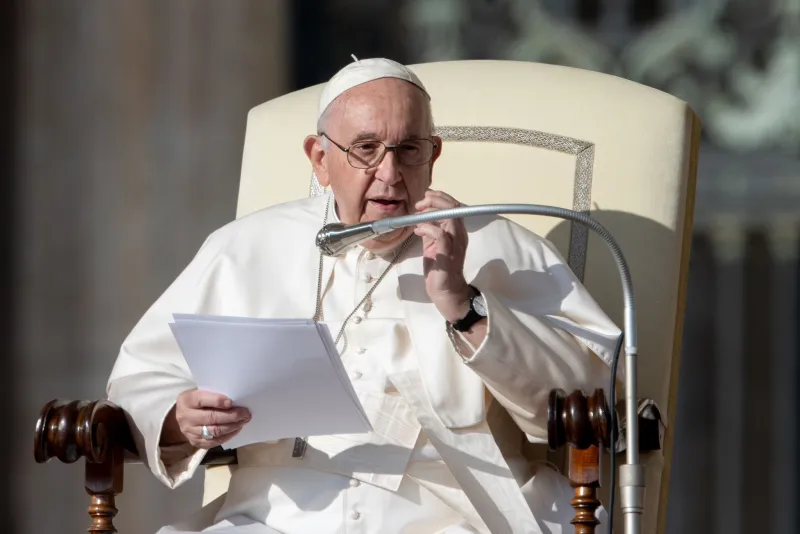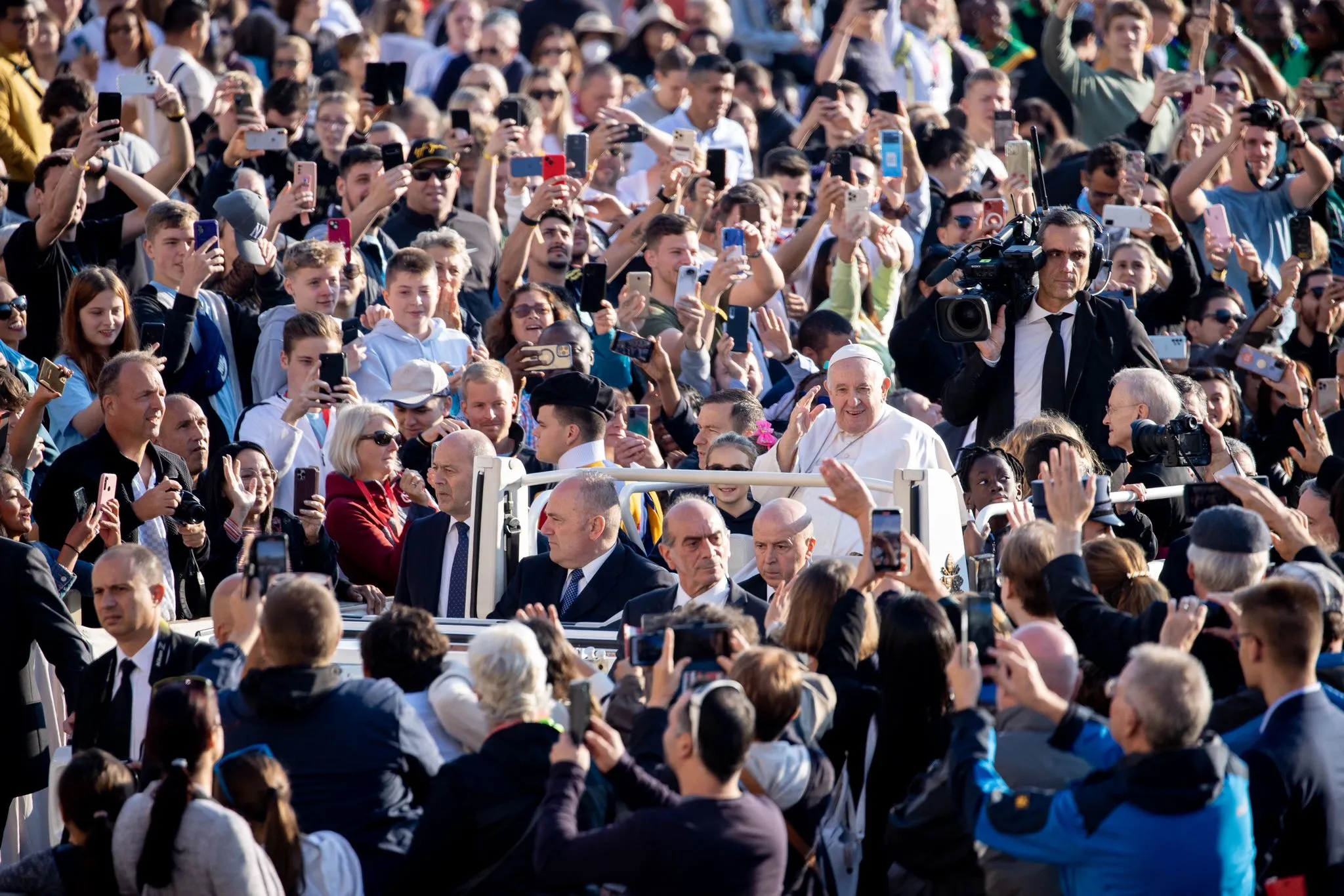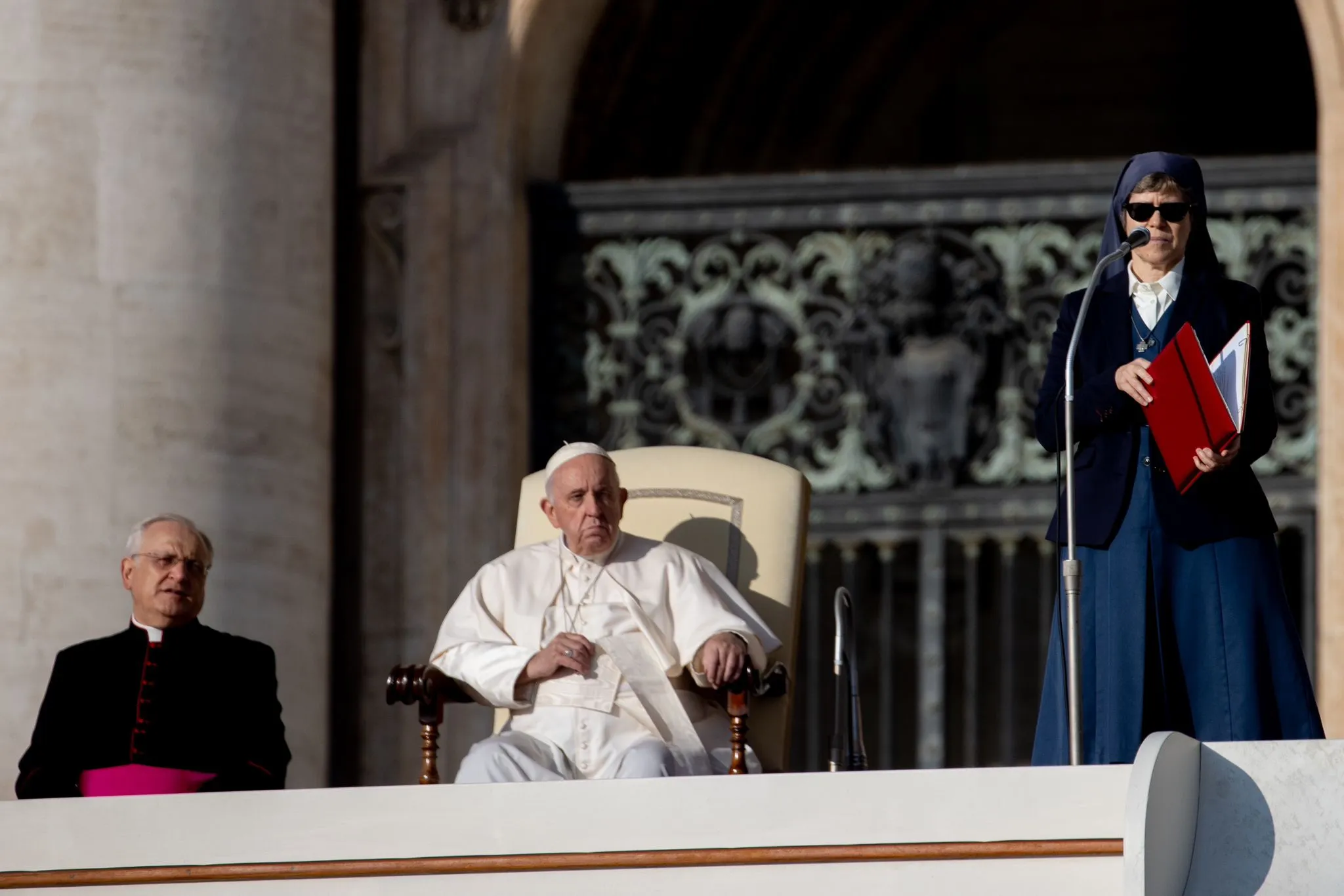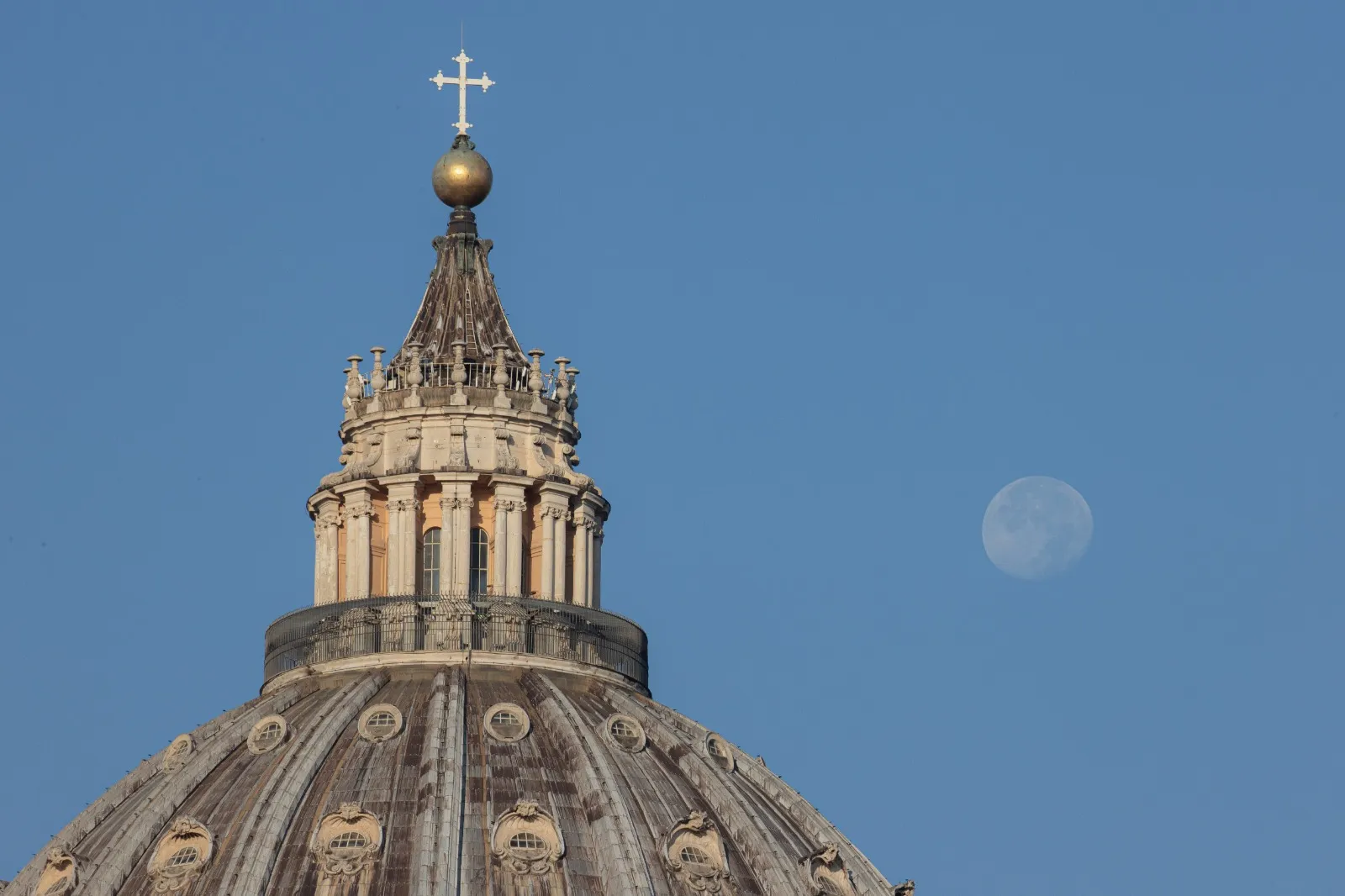
Vatican City, Sep 21, 2020 / 06:00 am (CNA).- Pope Francis told children with autism spectrum disorder Monday that everyone is beautiful in God’s eyes.
The pope welcomed the children from the Ambulatorium Sonnenschein in St. Pölten, Austria, to the Vatican Sept. 21.
He said: “God created the world with a wide variety of flowers of all kinds of colors. Each flower has its own beauty, which is unique. Also, each one of us is beautiful in the eyes of God, and He loves us. This makes us feel the need to say to God: thank you!”
The children were accompanied to the audience in the Vatican’s Clementine Hall by their parents, as well as Johanna Mikl-Leitner, the governor of Lower Austria, and Bishop Alois Schwarz of St. Pölten. St. Pölten is the largest city and capital of Lower Austria, one of the country’s nine states.
The Ambulatorium Sonnenschein, or Sunshine Outpatient Clinic, was established in 1995 to support children with the developmental disorder which affects communication and behavior. The center has treated more than 7,000 youngsters since its opening.
The pope told the children that saying “thank you” to God was “a beautiful prayer.”
He said: “God likes this way of praying. Then you can also add a little question. For example: Good Jesus, could you help my mother and father in their work? Could you give some comfort to grandma who is sick? Could you provide for children around the world who have no food? Or: Jesus, please help the pope to lead the Church well.”
“If you ask in faith, the Lord will surely hear you,” he said.
Pope Francis previously met with children with autism spectrum disorder in 2014. On that occasion, he said that by offering greater support “we can contribute to breaking down the isolation and, in many cases, the stigma burdening people with autism spectrum disorders, and just as often their families.”
Promising to pray for all those associated with the Ambulatorium Sonnenschein, the pope concluded: “Thank you for this beautiful initiative and for your commitment to the little ones entrusted to you. Everything that you have done for one of these little ones, you have done it to Jesus!”
If you value the news and views Catholic World Report provides, please consider donating to support our efforts. Your contribution will help us continue to make CWR available to all readers worldwide for free, without a subscription. Thank you for your generosity!
Click here for more information on donating to CWR. Click here to sign up for our newsletter.








Life is precious, beautiful and a marvel.